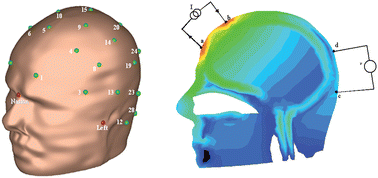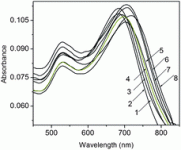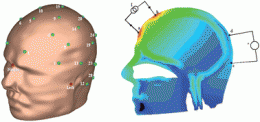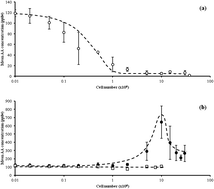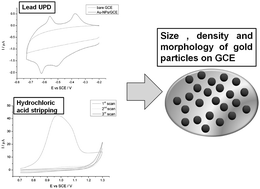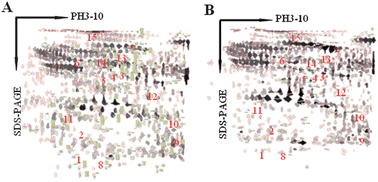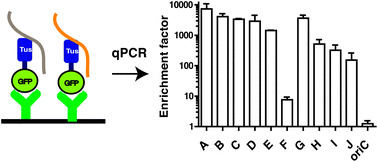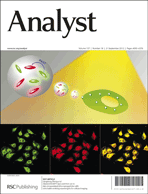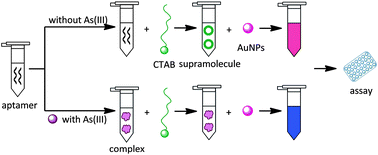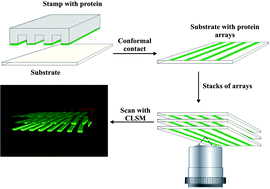Metal oxide nanoparticles are currently used for a variety of applications including diagnostics and biomedicine. However, these nanoparticles are extremely difficult to detect and measure once they are distributed in a biological system. Now, Spanish scientists have developed a novel way for measuring their biodistribution.

Positron emission tomography image of the 18F-labelled metal oxide nanoparticles in vivo
Until now, labelling techniques have relied upon the functionalisation of the surface of the nanoparticle, which may alter the behaviour of the nanoparticle. Jordi Llop at the Centre for Cooperative Research in Biomaterials-CIC biomaGUNE, in San Sebastian, and co-workers, have developed a unique approach to avoid this by preparing metal oxides enriched with 18O. The 18O is incorporated to allow for more efficient cyclotron-mediated conversion to the radioactive 18F which can then be traced in vivo.
To read the full article please visit Chemistry World
Tracing nanoparticles in vivo: a new general synthesis of positron emitting metal oxide nanoparticles by proton beam activation
Carlos Pérez-Campaña , Vanessa Gómez-Vallejo , Abraham Martin , Eneko San Sebastián , Sergio E. Moya , Torsten Reese , Ronald F. Ziolo and Jordi Llop
Analyst, 2012,137, 4902-4906
DOI: 10.1039/C2AN35863H











